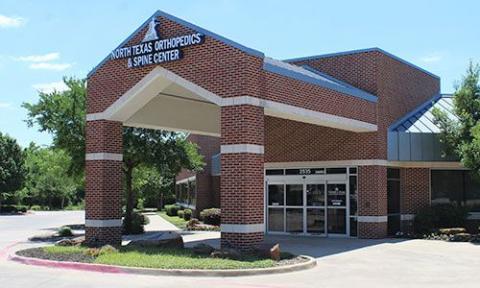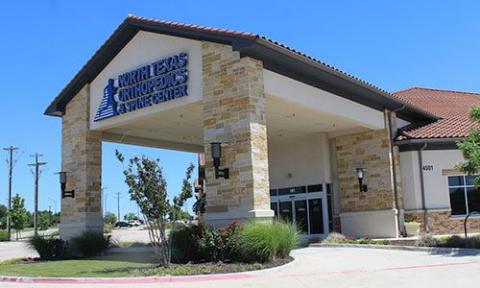Understanding AC Separation: Causes, Symptoms, and Treatment
Acromioclavicular (AC) separation is a common shoulder injury that occurs when the ligaments connecting the collarbone (clavicle) to the shoulder blade (scapula) are damaged. This injury can range from mild to severe and is often caused by trauma or impact. In this blog post, we will explore the causes, symptoms, treatment options, and recovery process for AC separation.
What is AC Separation?
AC joint separation refers to an injury to the acromioclavicular joint, which is located at the top of the shoulder. The injury typically occurs when the ligaments stabilizing the joint are stretched or torn, causing the clavicle to separate from the scapula.
Causes of AC Separation
AC separation is often the result of:
- Trauma: A direct blow to the shoulder, commonly experienced in contact sports such as football, hockey, or rugby.
- Falls: Landing on the shoulder after a fall, particularly from a height or during cycling.
- Motor vehicle accidents: High-impact collisions can damage the AC joint.
Types of AC Separation
AC separation injuries are classified into six types based on their severity:
- Type I: Mild sprain of the AC ligaments without significant separation.
- Type II: Partial tearing of the AC ligaments with slight separation.
- Type III: Complete tearing of the AC and coracoclavicular (CC) ligaments, leading to noticeable displacement.
- Type IV-VI: Severe injuries involving significant displacement, damage to surrounding structures, and potential muscle tearing.
Symptoms of AC Separation
Common symptoms of AC separation include:
- Pain at the top of the shoulder
- Swelling and tenderness over the AC joint
- A visible bump or deformity at the shoulder joint
- Limited range of motion and difficulty lifting the arm
- Bruising around the affected area
Diagnosing AC Separation
Diagnosis typically involves:
- Physical examination: Assessing pain, swelling, and joint instability.
- Imaging tests: X-rays are commonly used to determine the severity of the injury and rule out fractures.
Treatment Options for AC Separation
Treatment for AC separation depends on the severity of the injury:
Non-Surgical Treatment
- Rest and immobilization: Using a sling to support the shoulder and reduce movement.
- Ice application: Reducing swelling and alleviating pain with cold therapy.
- Medications: Over-the-counter pain relievers, such as ibuprofen, can help manage discomfort.
- Physical therapy: Strengthening and stretching exercises to restore shoulder function and stability.
Surgical Treatment
Surgery may be necessary for severe AC separations (Types IV-VI) or if conservative treatments fail. Surgical options include:
- Ligament reconstruction: Repairing or replacing damaged ligaments to stabilize the joint.
- Clavicle fixation: Using hardware such as plates or screws to secure the clavicle in place.
Recovery and Rehabilitation
Recovery times vary based on the severity of the injury and the chosen treatment method:
- Non-surgical treatments: Most mild to moderate injuries heal within 6-12 weeks with proper care and rehabilitation.
- Surgery: Full recovery may take several months, and physical therapy is essential for restoring strength and mobility.
Preventing AC Separation
To reduce the risk of AC separation, consider the following preventive measures:
- Wear protective gear during contact sports.
- Practice proper techniques to minimize the risk of falls or impact.
- Strengthen shoulder and core muscles to enhance joint stability.
Conclusion
AC separation can be a painful and limiting injury, but with the right treatment and rehabilitation, most individuals can regain full shoulder function. If you suspect an AC separation, consult a healthcare professional to determine the best course of action and begin your recovery journey.
For more information on shoulder injuries and treatments, explore our blog or schedule a consultation with one of our specialists today.



